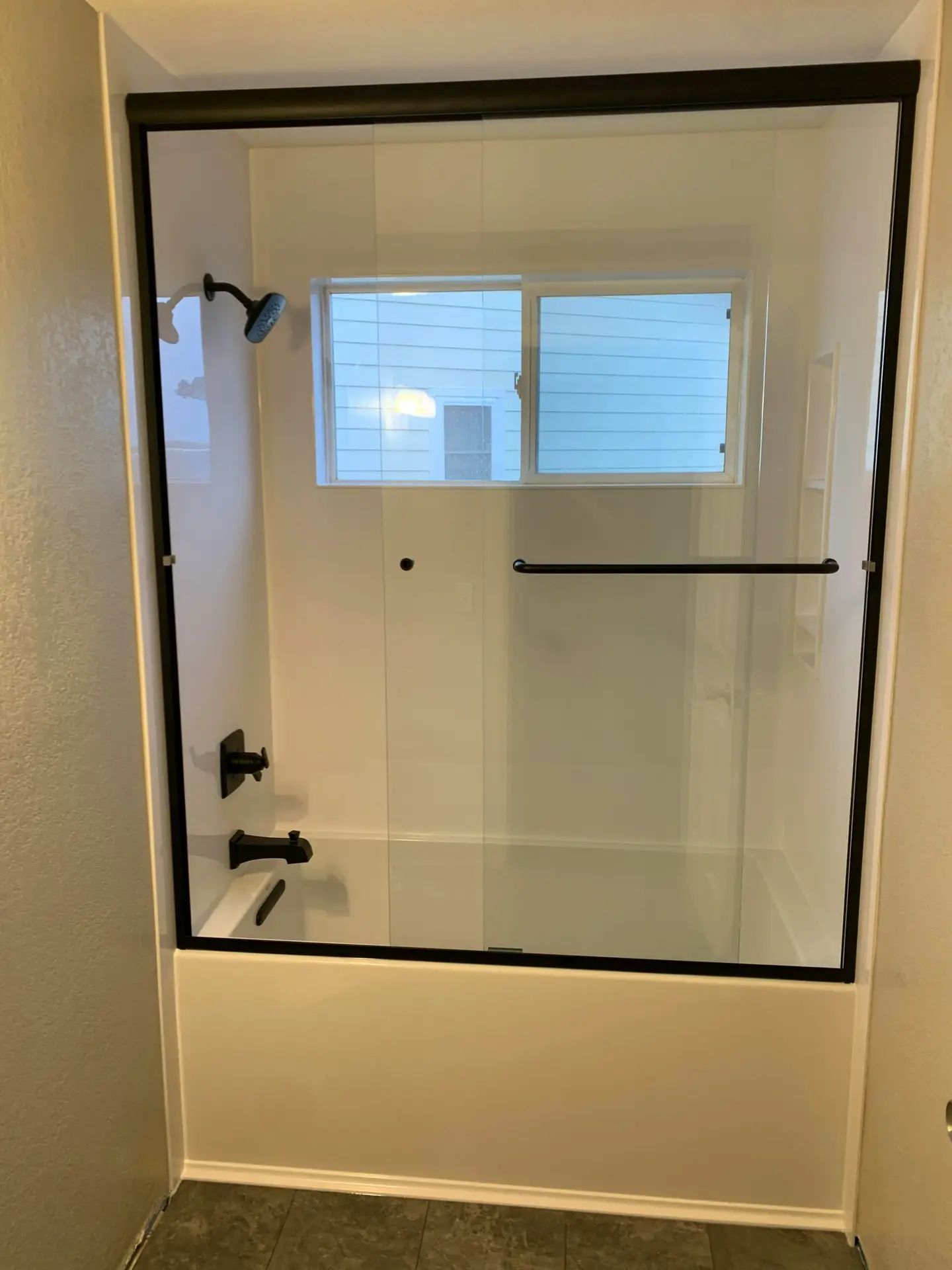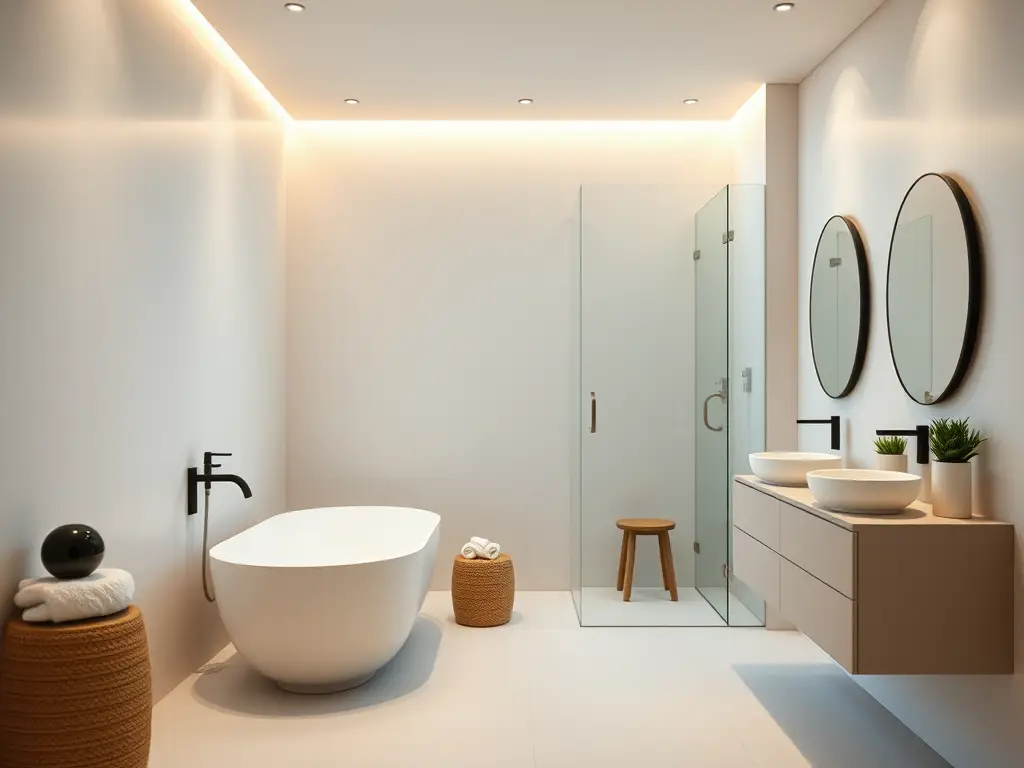Understanding Energy Efficiency in Windows
Energy efficiency in windows plays a pivotal role in the overall energy consumption of a home. When selecting windows, it is crucial to understand how they function as barriers against heat transfer, thus influencing heating and cooling costs. The efficiency of windows is primarily determined by two key metrics: R-value and U-factor. The R-value indicates the insulating effectiveness of a material; the higher the R-value, the better the window can prevent heat flow. In contrast, the U-factor measures the rate of heat transfer; a lower U-factor signifies improved insulation, which translates to better energy performance.
Moreover, the solar heat gain coefficient (SHGC) is another essential factor in energy-efficient windows. SHGC quantifies how much solar radiation is admitted through a window and subsequently transferred indoors. A lower SHGC value is desirable in hotter climates, as it minimizes unwanted heat gains, thus keeping the indoor environment cooler and reducing air conditioning demands. In contrast, a higher SHGC value might be beneficial in cooler climates where passive solar heating can offset heating costs during colder months.
Visible transmittance (VT) is also significant when considering the energy efficiency of windows. VT measures how much natural light is transmitted through the window. Balancing energy efficiency and natural light is critical for reducing reliance on artificial lighting, which can further lower energy costs. The integration of these factors enables homeowners to select windows that not only contribute to energy savings but also enhance their comfort and quality of living.
Investing in energy-efficient windows is not merely beneficial for reducing monthly energy bills; it also promotes environmental sustainability by lowering overall energy consumption. Therefore, understanding these concepts is vital when making informed decisions about window purchases, ensuring that they align with energy-saving goals and long-term comfort.
Types of Energy-Efficient Windows
When it comes to improving a home’s energy efficiency, the choice of windows plays a pivotal role. Various types of windows can significantly reduce energy consumption, enhance comfort, and lower utility bills. Among the most common options are double-pane and triple-pane windows. These windows consist of two or three layers of glass, respectively, which create insulated pockets of air or gas between them, providing better thermal performance compared to single-pane windows.
Low-emissivity (low-E) coatings are another important feature to consider. These microscopic coatings reflect infrared light while allowing visible light to pass through. By minimizing the amount of heat entering or escaping a home, low-E windows enhance energy efficiency significantly. This type of coating can effectively keep a home cooler in the summer and warmer in the winter, making them suitable for various climate conditions.
In addition, argon and krypton gas fills are often used in energy-efficient windows. These inert gases, which are denser than air, reduce heat transfer more effectively than air alone. Windows filled with argon or krypton gas can further boost insulation properties, making them a smart choice for any energy-conscious homeowner.
Frame materials also influence the energy performance of windows. Vinyl frames are popular due to their cost-effectiveness and minimal maintenance. They offer good insulation properties but may not be as visually appealing as wood frames. Wood frames, while aesthetically pleasing and excellent insulators, require regular maintenance to prevent deterioration. Finally, fiberglass frames represent a balance between durability and energy efficiency, as they resist warping and provide superior insulation.
In conclusion, understanding the different types of energy-efficient windows—along with their respective advantages and drawbacks—can help homeowners make informed decisions tailored to their needs and local climate conditions.
Selecting the Right Window Features
When considering new windows for energy efficiency, several key features should be evaluated to ensure optimal performance. Proper window installation is paramount; even the most energy-efficient windows can underperform if improperly installed. It is vital to hire experienced professionals who understand the nuances of installation techniques, as any gaps or misalignments can lead to significant energy loss.
Window seals and spacers play a critical role in maintaining energy efficiency. High-quality seals help prevent air leaks, and selecting windows with advanced spacer systems can improve thermal performance. The best spacers reduce heat transfer, minimizing condensation between the panes. These components work together to enhance the insulation of the windows, which is especially crucial in regions with extreme temperatures.
Furthermore, the Energy Star rating system is an excellent resource when comparing window options. Windows that meet these standards are rigorously tested for performance, ensuring they adequately insulate against heat transfer, thereby lowering energy consumption. Homeowners should look for these ratings as a benchmark for quality and efficiency, as they can significantly impact utility bills over time.
Another essential consideration is matching window features to the local climate. For example, in areas prone to cold winters, selecting double or triple-pane windows can provide superior insulation, conserving heat and maintaining comfort. Conversely, in regions with hot summers, windows with low solar heat gain coefficients can help keep indoor temperatures lower, reducing reliance on air conditioning. It is essential to assess local weather patterns and opt for window features that best accommodate those conditions.
Maximizing energy efficiency through window selection involves thoughtful consideration of installation, materials, and features tailored to specific climate challenges. By focusing on these aspects, homeowners can significantly enhance the performance and longevity of their windows.
Cost vs. Long-Term Savings: Making the Investment
When contemplating the installation of energy-efficient windows, homeowners often weigh the upfront costs against the long-term savings associated with such an investment. Although energy-efficient windows typically come with a higher price tag than standard options, the potential for significant reductions in energy bills can make them a worthwhile expenditure over time.
According to studies, upgrading to energy-efficient windows can lead to savings of up to 30% on heating and cooling costs. This translates to hundreds of dollars annually, depending on the size of the home and local energy rates. In many cases, the initial investment can be recouped within a few years, particularly in regions with extreme weather conditions that drive up energy use.
Moreover, federal and state programs often provide tax credits or rebates incentive for homeowners who opt for energy-efficient improvements. These programs can further alleviate the initial costs, making it even more financially feasible for families looking to upgrade their windows. It is essential for homeowners to research the availability of such programs in their local area to maximize their financial benefits.
Beyond energy savings, energy-efficient windows can also bolster a home’s resale value. Potential buyers are increasingly attracted to homes equipped with modern, high-performance windows that promise lower utility costs. This means that the investment not only enhances immediate comfort and savings but also offers a competitive edge in the real estate market.
In conclusion, while the initial costs of installing energy-efficient windows may seem daunting, the long-term savings, potential rebates, and increased home value solidify the decision as a sound financial investment for homeowners. Evaluating these factors can empower individuals to make informed choices regarding their energy efficiency upgrades.





